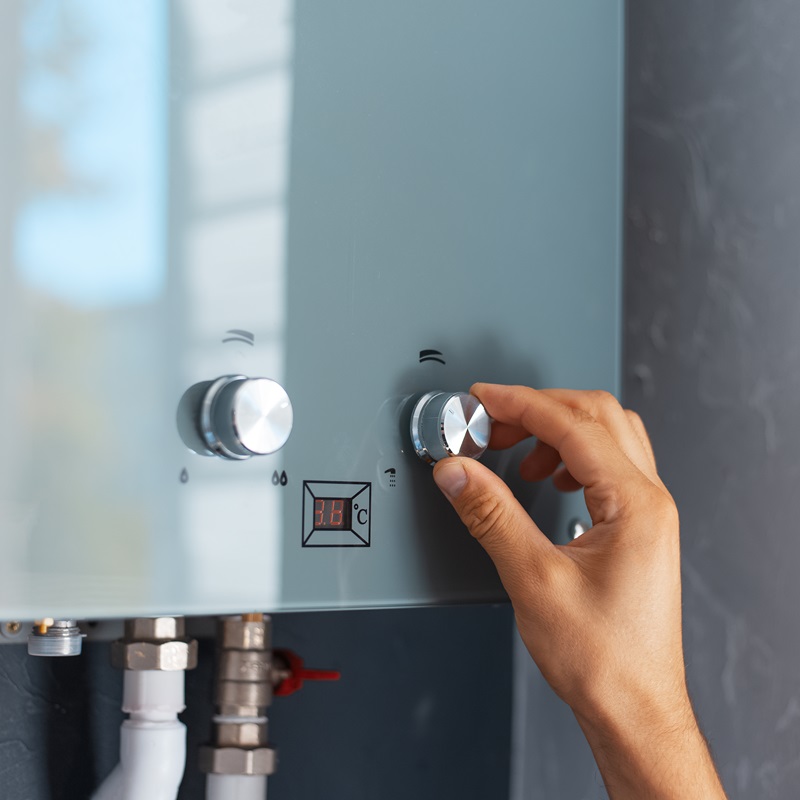Larger geyser sizes are perfect for heavy usage.
Larger geyser sizes are perfect for heavy usage.
Blog Article
How to Pick the Right Geyser to Take Full Advantage Of Energy Efficiency in your house
From recognizing the various kinds of geysers, to assessing their power effectiveness rankings and thinking about positioning technique, each decision plays a crucial role in optimizing performance. Allow's begin on this trip to discover how to make the most enlightened choice for a hot spring that will minimize your power costs while guaranteeing optimum efficiency.

Understanding the Various Sorts Of Geyser
While there are various sorts of geysers offered on the market, understanding the differences between them is crucial for power performance (geyser sizes). The initial kind, storage hot springs, are the most usual and shop warm water in a container for use when needed. They are offered in various capacities and are normally energy-efficient, yet they can lose heat when not in usage
The 2nd type is the tankless geyser, which warms water on need, leading to much less energy waste but calling for a greater preliminary power draw. There are warm pump geysers that use electricity to relocate warmth from one location to an additional rather of creating warm straight. They can be a couple of times extra energy effective than traditional storage space hot springs. Finally, solar geysers utilize solar energy to heat the water, making them the most energy-efficient but additionally the most costly.
Analyzing Your Family's Hot Water Demands
Prior to diving into the acquisition of a geyser, it is critical to analyze the warm water demands of your house. This assessment should take into consideration many variables including the variety of family participants, frequency of warm water use, and the number of warm water electrical outlets in the home (geyser sizes). A tiny family members with infrequent hot water use might call for a smaller sized, less powerful geyser compared to a larger family members with several everyday warm water requirements
The kind of appliances that require hot water likewise play a considerable role. Dish washers and washing equipments, as an example, might call for more warm water than a straightforward shower or cooking area sink. Additionally, particular tasks such as showering or cleaning also influence the frequency and volume of warm water needed.
Assessing Power Performance Scores of Geyser
Having actually evaluated the warm water demands of your home, it is necessary to transform your interest to the energy effectiveness scores of geysers. These scores, usually given as Energy Factor (EF), show a geyser's total energy performance based on the quantity of warm water created each of fuel taken in over a normal day. The higher the EF, the extra reliable the hot water heater.

Considerations in Geyser Size and Placement
Beyond power performance rankings, the size and placement of your geyser are critical aspects to think about. The size of the geyser need to line up with your home's warm water demands. A tiny geyser may use less energy yet may not provide enough warm water for multiple uses at the same time, whereas a bigger system can fulfill higher demand but may take in even more power.
Placement additionally impacts energy performance. Hot springs should be set up near to factors of usage to minimize heat loss throughout water transport. A centrally located geyser Read Full Article can service numerous areas successfully. Additionally, thinking about thermal insulation, a geyser situated in a warmer area loses less warm and for that reason uses much less power to preserve the water temperature.
Cost Evaluation: Stabilizing Initial Investment and Long-Term Financial Savings
While dimension and placement most certainly play considerable functions in click to read a hot spring's energy effectiveness, one should not neglect the monetary facet. When considering the preliminary financial investment, the price of energy-efficient geysers can be more than common designs. The enhanced upfront cost can be balanced out by long-term power savings, making it a rewarding investment in the lengthy run (geyser sizes).
Evaluating long-term savings calls for an understanding of the geyser's power score. A device with a greater ranking will consume much less energy, converting to lower utility expenses gradually. Moreover, federal government incentives and discounts for energy-efficient devices can also aid recoup initial prices.
Finally, maintenance and life expectancy should be factored in. Energy-efficient hot springs usually have longer lifespans and reduced maintenance costs, adding to general financial savings. When balancing first investment and lasting savings, one must consider not just the purchase cost yet likewise energy usage, federal government motivations, and maintenance expenses.

Final thought
Picking an energy-efficient geyser calls for careful consideration of different factors. These include recognizing the kinds of hot springs, examining your house's warm water Recommended Site requirements, assessing energy efficiency scores, and determining price advantages. The ideal geyser dimension, positioning, and insulation can substantially reduce power bills and ecological impact. Therefore, making an educated option can result in considerable long-lasting financial savings, making it a worthwhile investment for your home.
Report this page